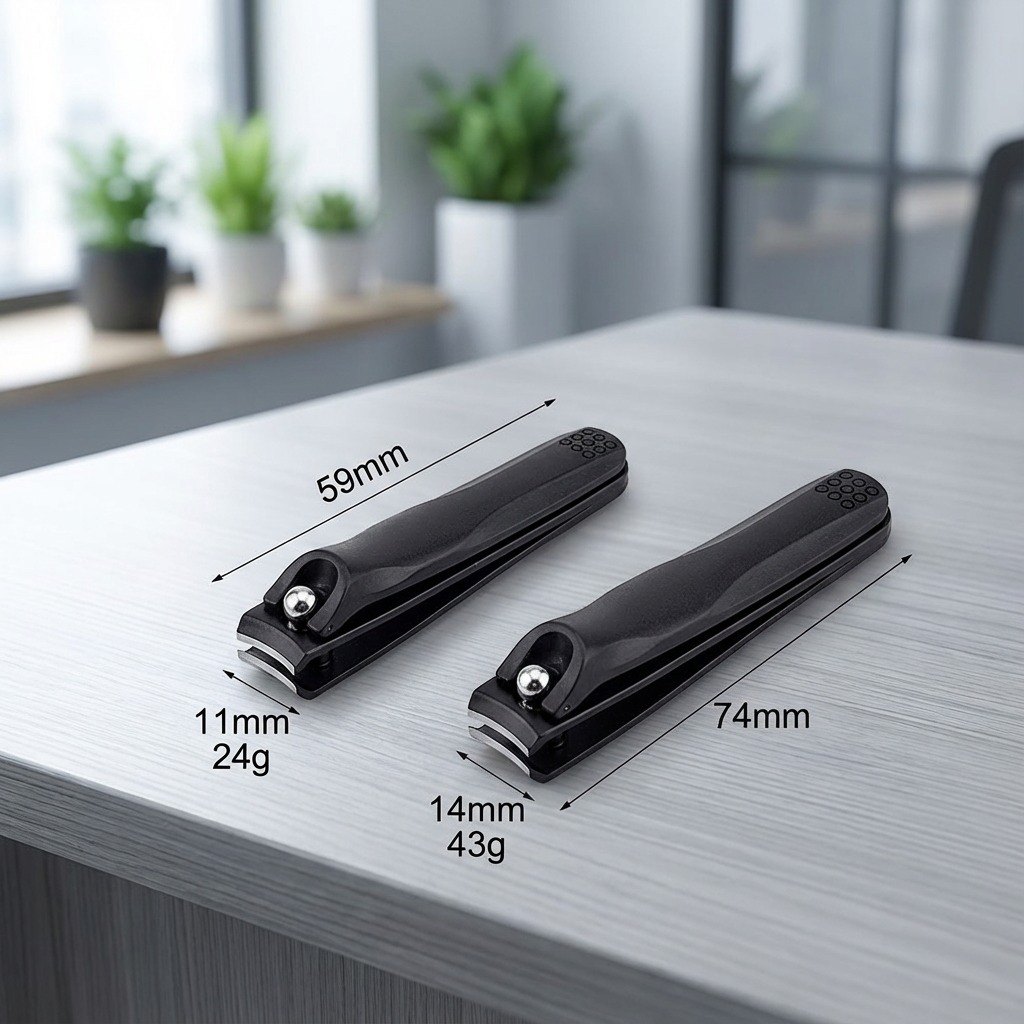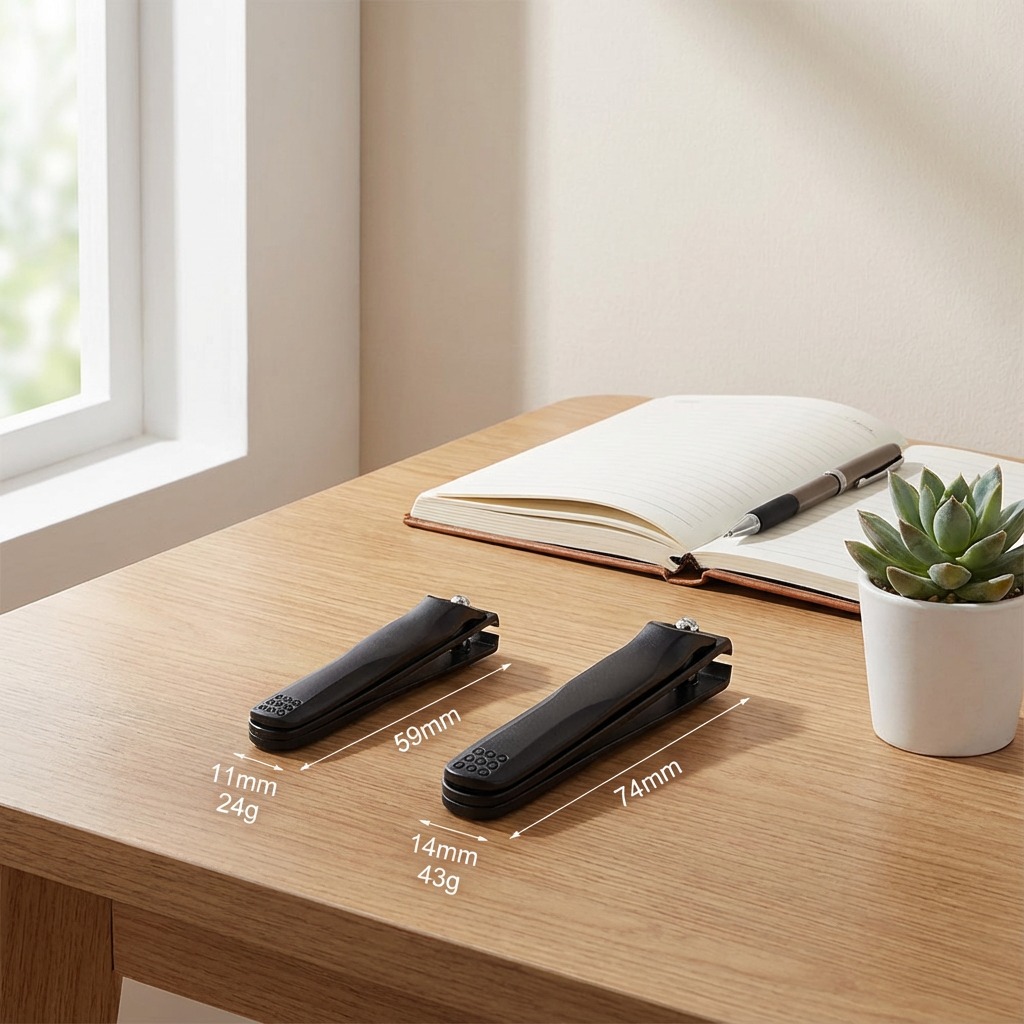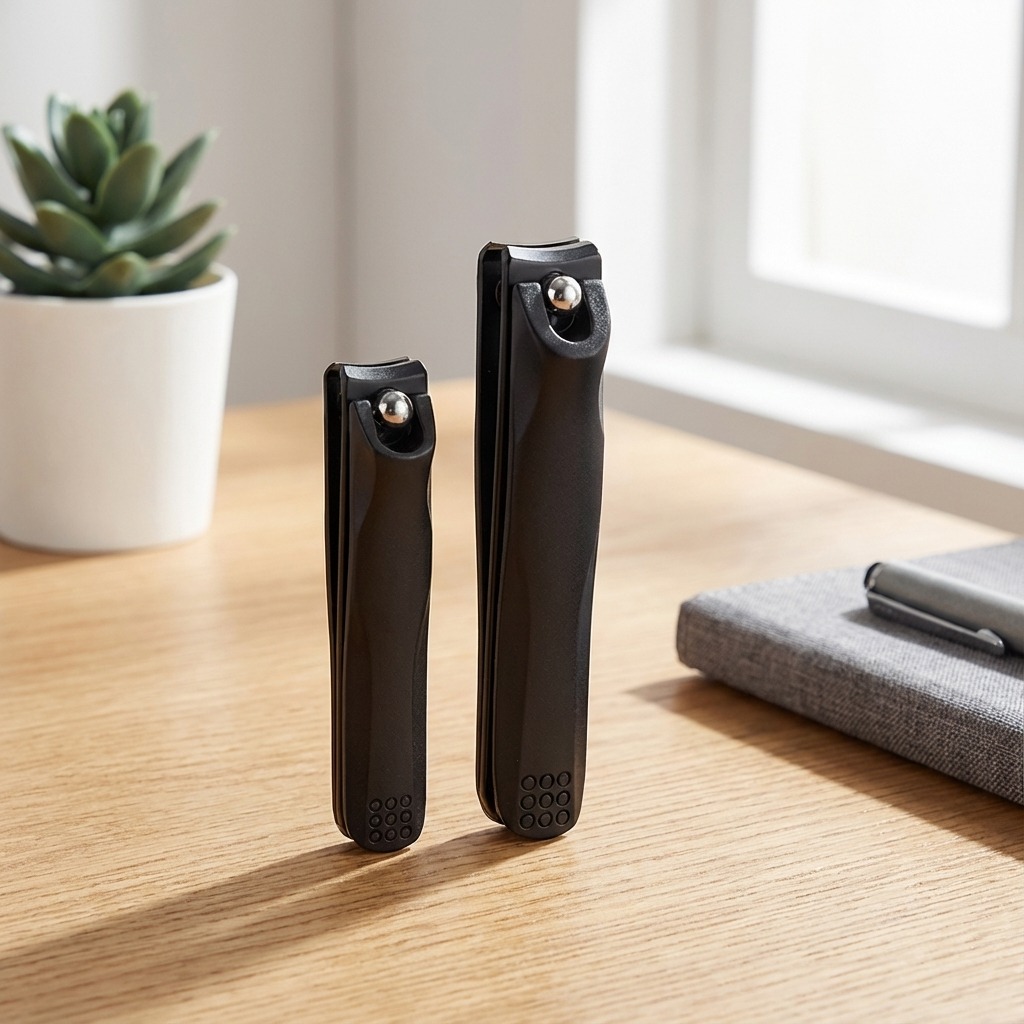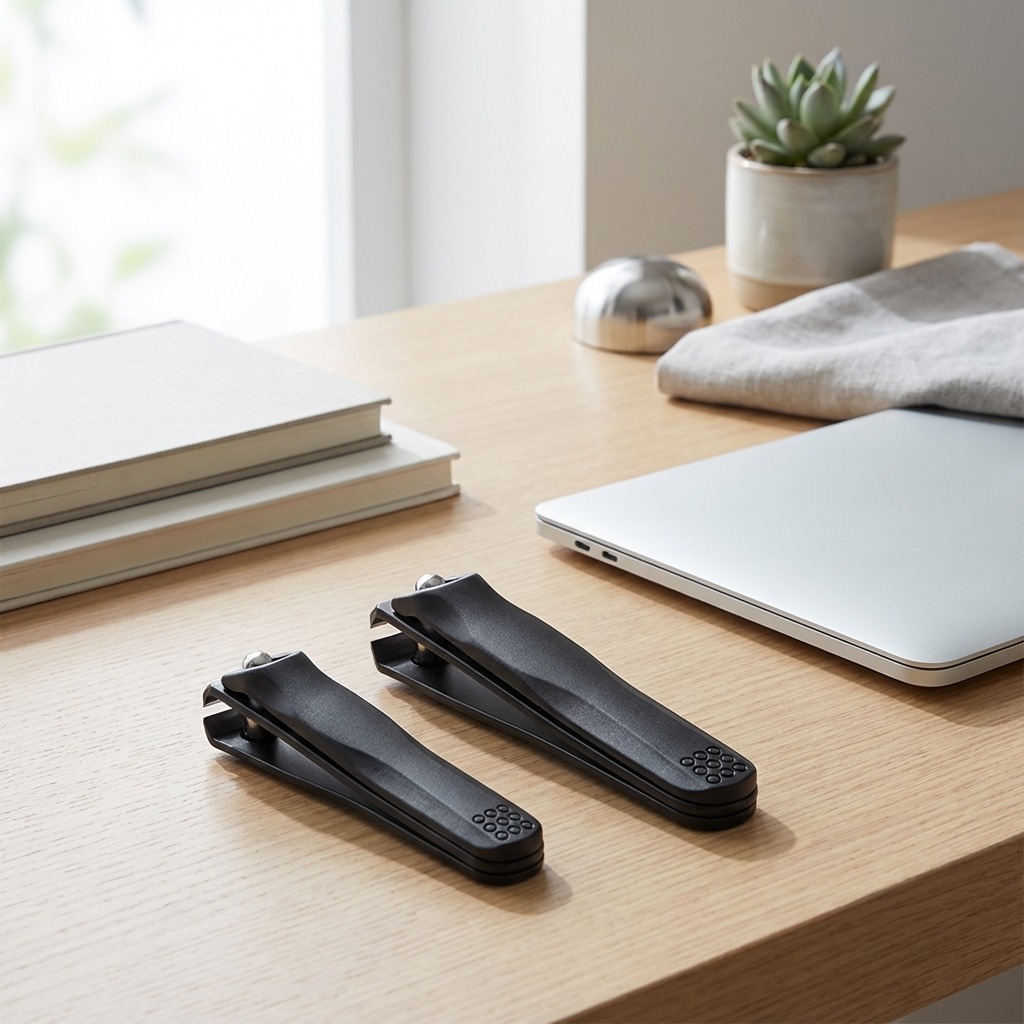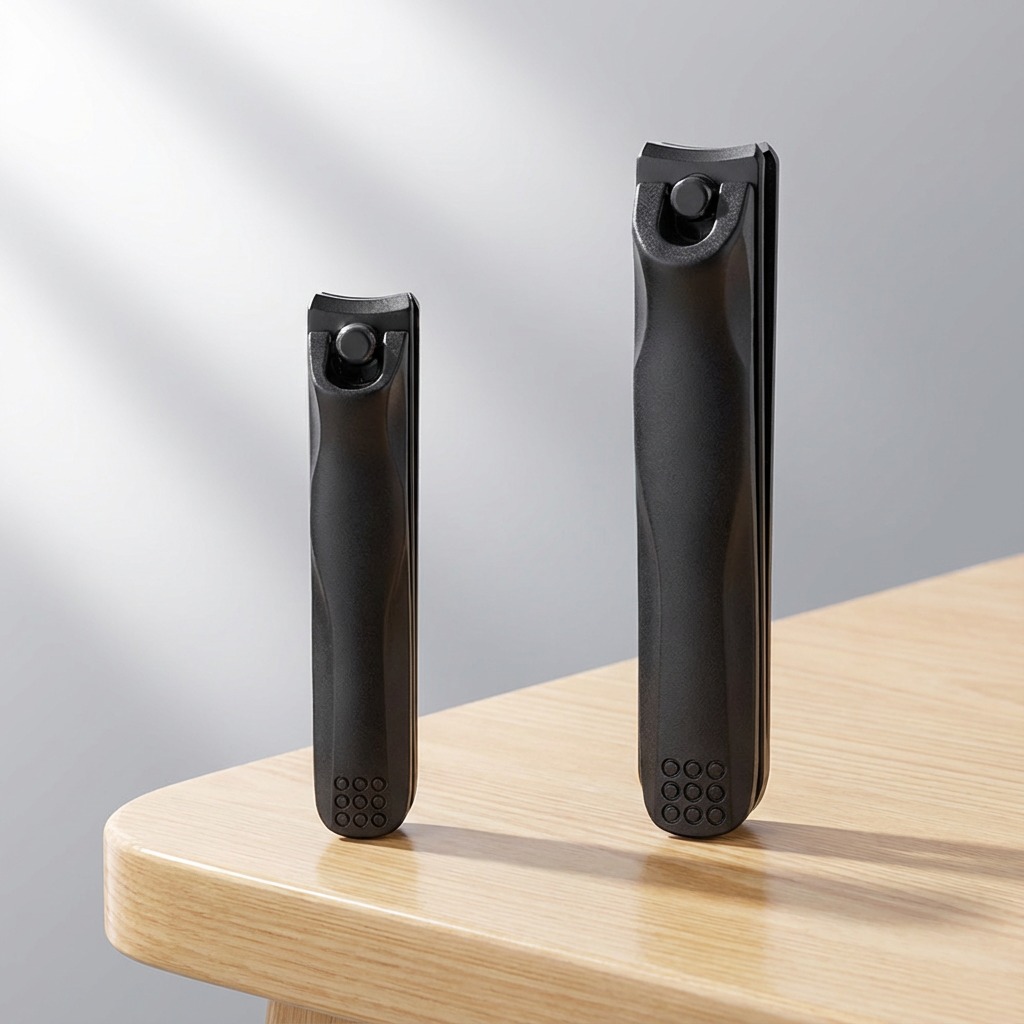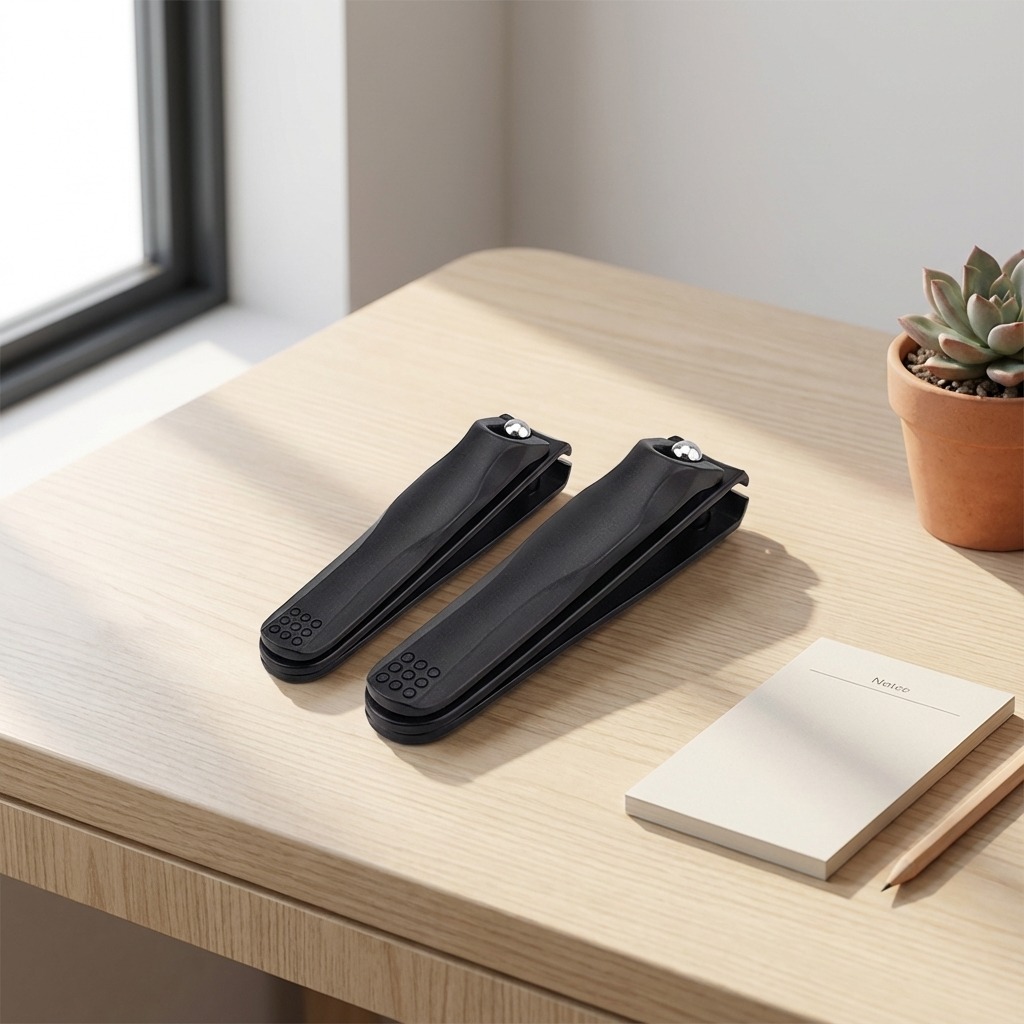Nurturing Nails and Earth: The Rise of Sustainable Nail Clippers in 2025
The nail care industry is undergoing a green revolution, and nail clippers—once overlooked as disposable tools—are now at the forefront of sustainable innovation. As consumers demand eco-conscious solutions, brands are reimagining nail clippers to align with planetary health. Here’s how 2025’s trends are reshaping this essential grooming tool:
1. Biodegradable Materials Take Over
Traditional stainless steel is being replaced by plant-based composites and bamboo hybrids. For example:
-
Bamboo-handled clippers: Durable, renewable, and fully compostable.
-
Algae-derived blades: Break down naturally without toxic residues.
These materials reduce landfill waste while maintaining the precision expected of premium nail clippers.
2. Circular Manufacturing Models
Leading brands now adopt closed-loop systems:
-
Recycled stainless steel: 95% post-industrial scrap metal is repurposed for blades.
-
Zero-waste packaging: Seed paper sleeves that sprout herbs when planted.
Companies like EcoTrim even offer “clipper recycling kits” to return old tools for refurbishment.
3. Carbon-Neutral Production
Solar-powered factories and carbon offset programs are becoming standard. The GreenShear 2025 nail clipper, for instance, boasts a -10g CO2 footprint per unit due to reforestation partnerships.
4. Ergonomic Eco-Designs
Sustainability meets accessibility:
-
Non-slip cork grips: Reduces plastic use and enhances comfort for arthritis users.
-
Modular designs: Replaceable blades extend product lifespan by 300%.
5. Consumer-Led Climate Advocacy
2025’s buyers don’t just purchase nail clippers—they invest in values. Apps like EcoTrack let users scan products to view sustainability metrics (water usage, labor ethics), pushing brands toward transparency.














